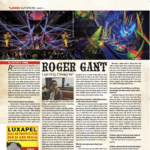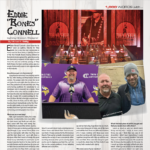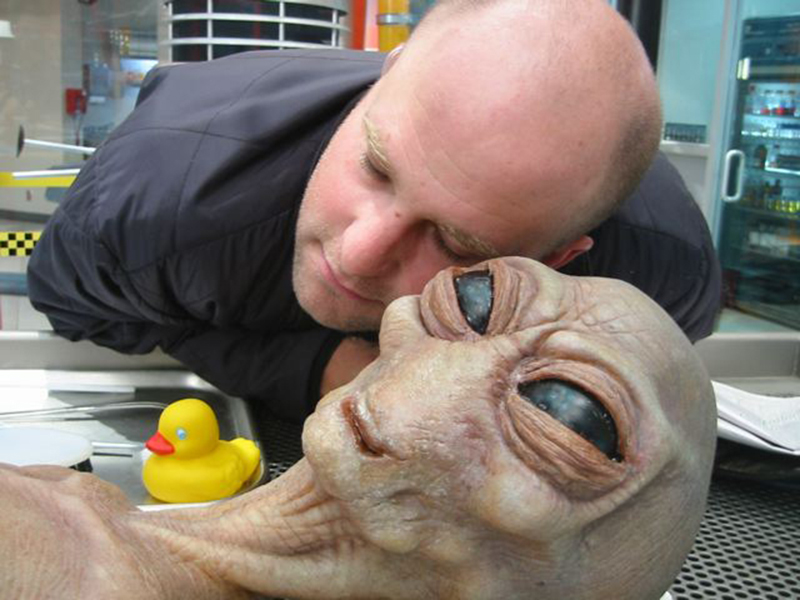
Mike Bauman has been working as a gaffer/chief lighting technician in the motion picture industry for over 25 years. With well over 100 film projects to his credit, close to 50 as a gaffer/chief lighting technician, his lighting expertise can be seen in a wide range of films including Phantom Thread—for which he was the lighting cameraman—and as gaffer for Vice, The Hunger Games: Catching Fire, Iron Man 1 & 2, Good Night and Good Luck, Ray, Training Day, Munich, The Master, Cowboys & Aliens, and Transformers: Revenge of the Fallen, among many others. He is also co-founder and chief technical officer for LiteGear, a manufacturer of LED lighting products designed for film use.
How did you get your start in films?
I moved out to Los Angeles in ‘92 to attend the American Film Institute’s cinematography program. I worked with some of my classmates doing low-budget and no-budget movies, eventually working with them shooting music videos. In the mid-90s music videos were in full swing and we probably shot close to 200. It was an excellent training ground because there was a lot of new technologies, cutting-edge strobes and moving lights, being used on those videos and I got really experienced working with all that stuff. When I started working on larger film productions, it was because they needed someone who could work with those technologies, so that experience really helped me get into the business.
I started out, as electrician and best boy, working with gaffers and cinematographers on putting in the lighting rigs beforehand. I was working on Stuart Little and a couple of other films in ‘98 when, unfortunately, somebody got fired and they needed someone to finish the show as the gaffer and that’s how I fell into it. That’s how it is in this business; you start working with different people and they get different jobs and they recommend you for jobs or someone hears about you. It’s a very small community from the standpoint of ‘Hey, is this somebody I want to be working with for six months?’ It is a lot of word of mouth.
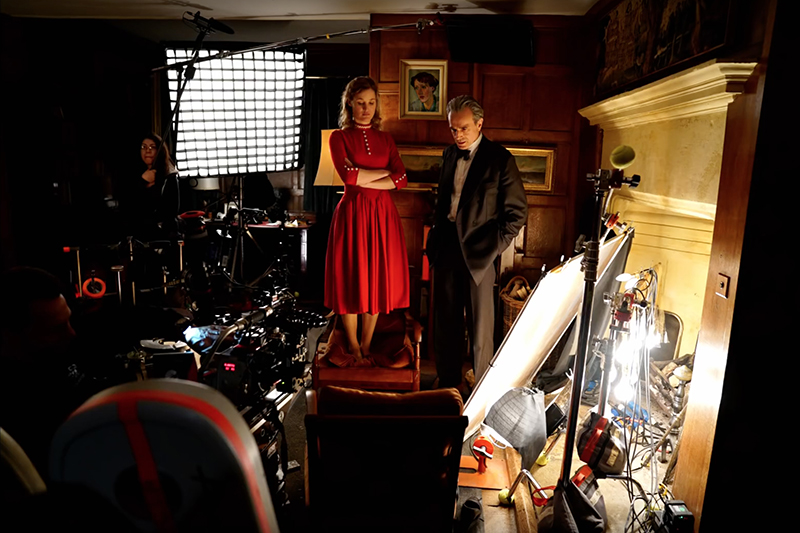
You’ve worked on a range of films from independents to blockbusters, is that a conscious choice?
Yes, big Hollywood box office films, but I’ve always been able to bounce back to smaller films, which I think is key. It’s good to have a resume of huge projects mixed with smaller ones; it shows some diversity. I did two Iron Man films, a Transformers as well as a Hunger Games film, but I also worked on Nightcrawler, a nice little $8 million film and Sophia Coppola’s movie The Bling Ring at $6 million. It’s good to go back into that world. For me, it’s an interesting challenge because you don’t have the types of resources that you have on the bigger films. It’s fun creatively to try it when you don’t have the normal bag of tricks. When you don’t have those big resources, then you take some money and go to Home Depot and buy a bunch of stuff and let’s make it work from there. That kind of stuff is fun.
You’ve been known for working with new and non-traditional gear for film, you enjoy that challenge?
Yeah, I’ve been trying to push myself always over my career in adapting new technologies and seeing how they fit into the film business. That’s what’s great about our business; there’s just so much interesting stuff out there and so many ways to generate light. It’s interesting, because the film business can be very slow to adapt to new technology, but it’s changed a lot in the last 10 years. It’s been interesting to see how all the technology has evolved the role of film technician. Another great thing about working with new technology, you talk to a lot of people about what works, what doesn’t work, and that has built a lot of community with other gaffers as far as bouncing around different ideas. Together, we’re all adapting to the new technologies.
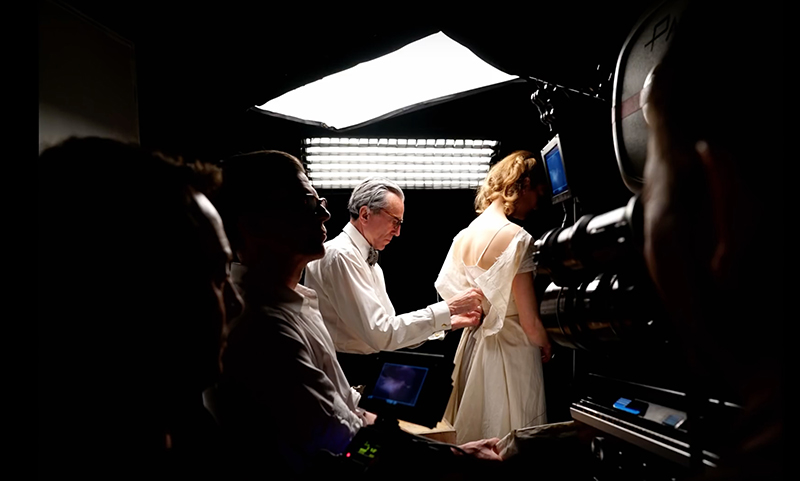
What’s surprised you most about your career path?
That I’ve been in it so long. What’s been interesting has been that I’ve gotten into some other facets of the business that I didn’t think I’d get into. Like LiteGear for example, has been an interesting journey in a great way. Working with Al DeMayo, [president and CEO of LiteGear] as a business partner has been fantastic. It’s an interesting facet of the business, design and manufacturing of LED lighting solutions for film; I didn’t think I’d ever be a part of this side of the business.
What’s been some more unique or memorable experience you’ve had over the course of working on a set?
There’s been a lot of great moments. Getting to see Daniel Day Lewis work, and his level of focus, and level of professionalism. It sets the bar. Everybody kind of elevates everybody else. Certainly, being able to shoot in some of the interesting spaces. One of the Transformers we shot in the Air and Space museum. Just being able to go to some of the places in the world where you get to go to work and see things you never would have, castles and locations that have been amazing to see. Another moment I recall was the camera test for Ray when Jamie Foxx came out and he just totally hit Ray Charles, it was eerie and incredible to see that moment. Certainly, there have been some really unique cinema moments that I’ve been fortunate to be a part of. There’s a lot of stuff that I’m glad to have been a part of it.
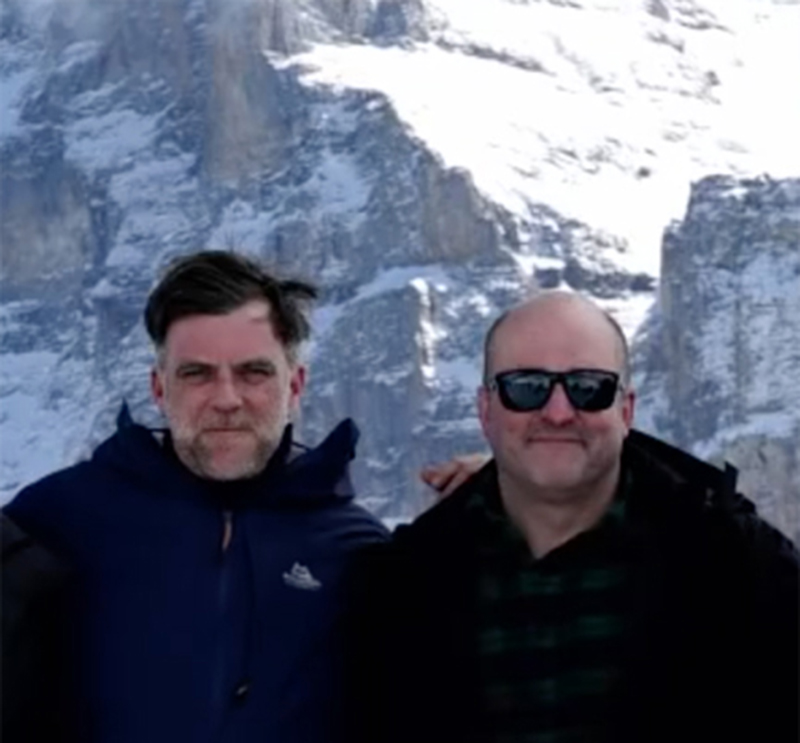
Is there a piece of advice that you got at the start of your career that you still find applicable today and what would you pass along as advice?
I was told early on, ‘Go out there and be honest, and do your best.’ Just go out and leave everything on the field. I think that is still very much a guiding principle. And work with people who bring out your best; I think that’s another key thing. You know this business will ask everything out of you; it’ll ask for your life, it’ll ask for your family, it’ll ask for your health. It’ll ask for everything. It can be very damaging to your personal existence if you’re not cautious of it. I have a good partner in my wife, which has been important; she’s been great as far as being able to help me balance some of the workload. She’s also got a lot of great ideas about stuff which has been great as far as also being a creative companion. You can’t go down the rabbit hole of job after job. I find you do better work when you’re able to space it out. Yes, we all have to pay the bills, so you have to find how much work you need to do. For me, I find when I’m done with a movie, I don’t jump back into another movie. Creatively it’s hard; so it’s important to find balance.
Michael S. Eddy is editor-in-chief of PLSN affiliate Stage Directions magazine, www.stage-directions.com
,
